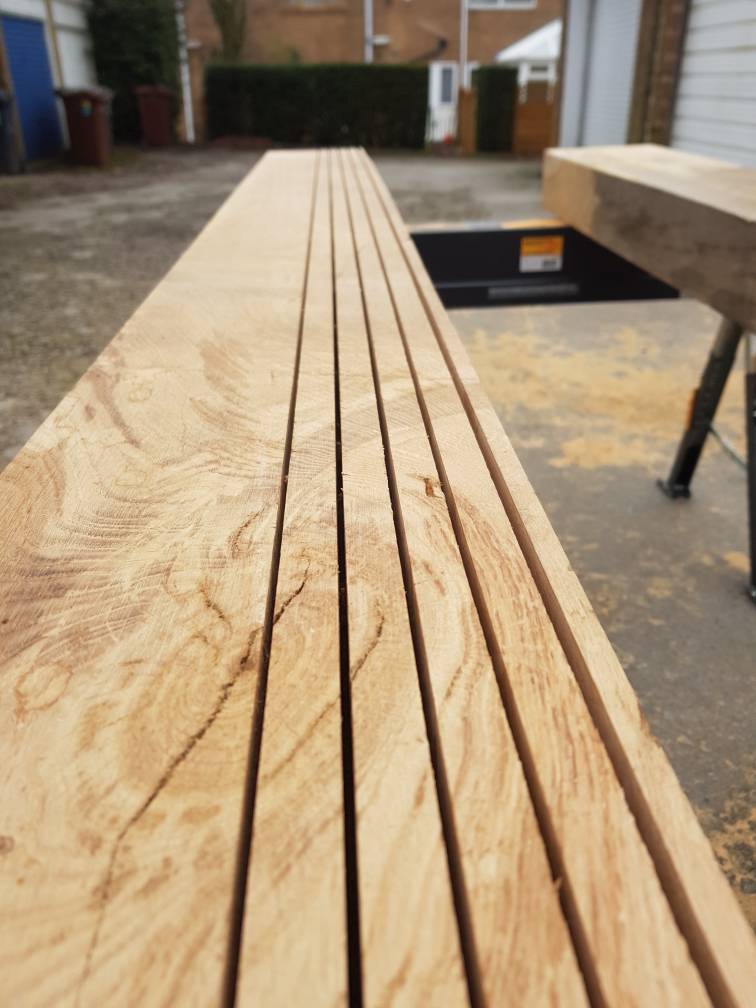I've started cutting up some Oak sleepers with a circular saw this morning but the saw is not quite large enough to make a full cut
Any suggestions on how to safely and accurately finish the cut from the other side would be appreciated
Thanks
Ewan


Sent from my SM-G950F using Tapatalk
Any suggestions on how to safely and accurately finish the cut from the other side would be appreciated
Thanks
Ewan


Sent from my SM-G950F using Tapatalk


































